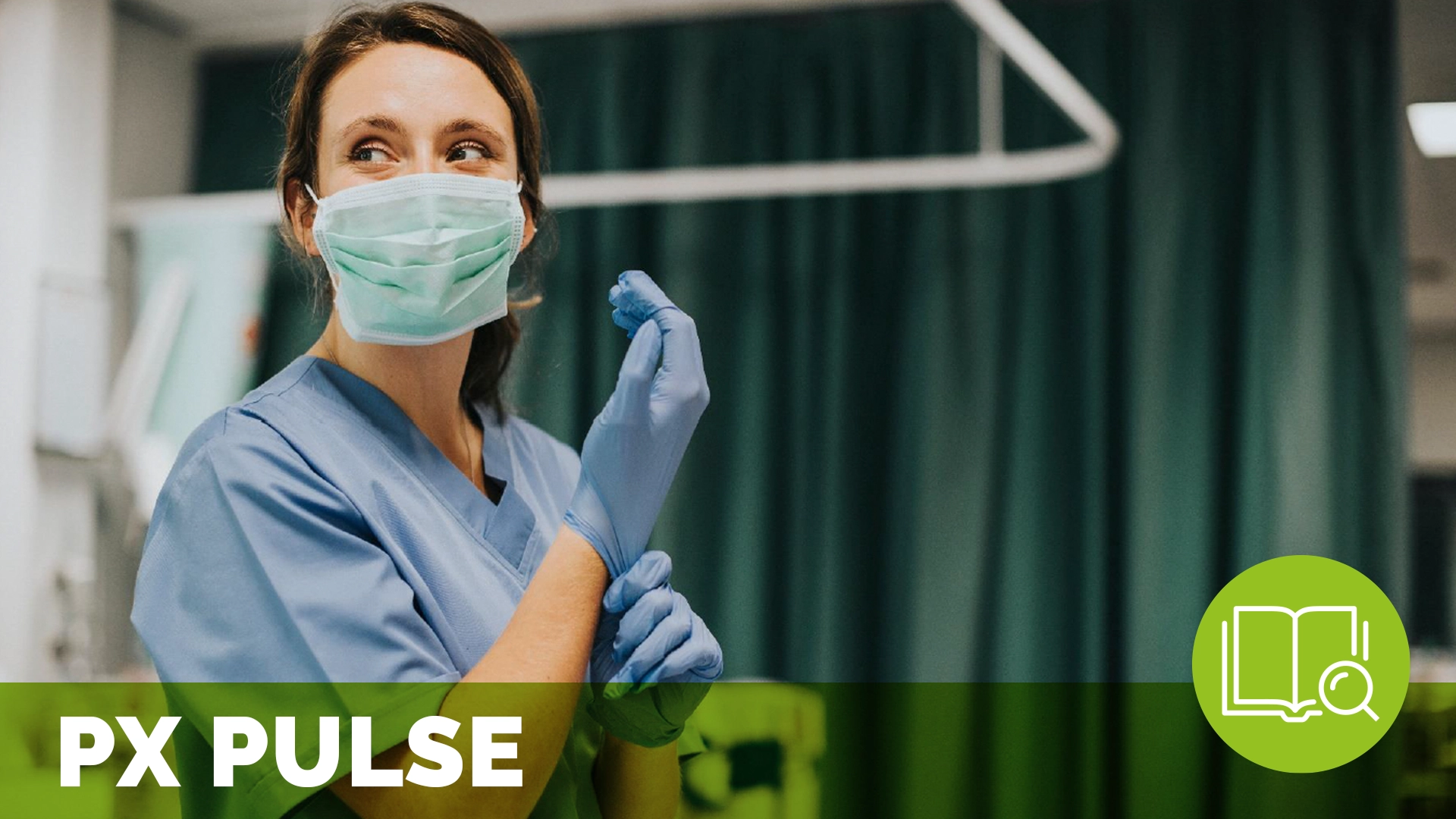PX Pulse: Consumer Perspectives on Patient Experience in the U.S. – October 2020

The Beryl Institute and Ipsos released its findings from the fourth PX Pulse, a quarterly tracking survey and a first of its kind effort to elevate understanding and track current perspectives on patient experience in healthcare across the United States. As has been covered in previous PX Pulse releases, the COVID-19 pandemic and the various social distancing measures in place nationwide have led to a decrease in consumer engagement with healthcare; however, today’s release suggests that engagement is rebounding, with a 12-percentage point increase in the number of Americans reporting a visit to their primary care provider compared to June 2020.
Related content
-
 Policy & Measurement
Policy & MeasurementEngage in the Global Experience Measure Inquiry
In recent years, the Global Experience Measure (GXM) effort at the Institute has brought together over 1,000 member voices from our global community. Driven by feedback from our Global Council and inspired by a PXJ article, Measuring what matters: A proposal for reframing how we evaluate and improve experience in healthcare, this effort has led
Learn more -
 Policy & Measurement
Policy & MeasurementUnleashing Collective Potential: The Power of Team-Based Leader Rounding in Elevating Patient Care
Baylor Scott & White Medical Center faced a decline in patient experience scores, reaching the 50th percentile by 2022 due to inconsistent leader rounding and lack of focus on improvements. In 2024, the center revamped its rounding program by involving non-clinical and ancillary leaders, focusing on structure, support, and connections. This approach included protected time
Learn more -
 Policy & Measurement
Policy & MeasurementThe Evolving US Patient Experience Measurement and Reporting Landscape: What’s Next for HCAHPS and Why It Matters
The Patient Experience Policy Forum (PXPF) of The Beryl Institute has had a focus on impacting the US patient experience measurement structure since its founding in 2017. PXPF successes over the years have included interfacing with CMS leadership to advocate for updates and improvement of the CAHPS system, including the HCAHPS survey. Significant changes are
Learn more
